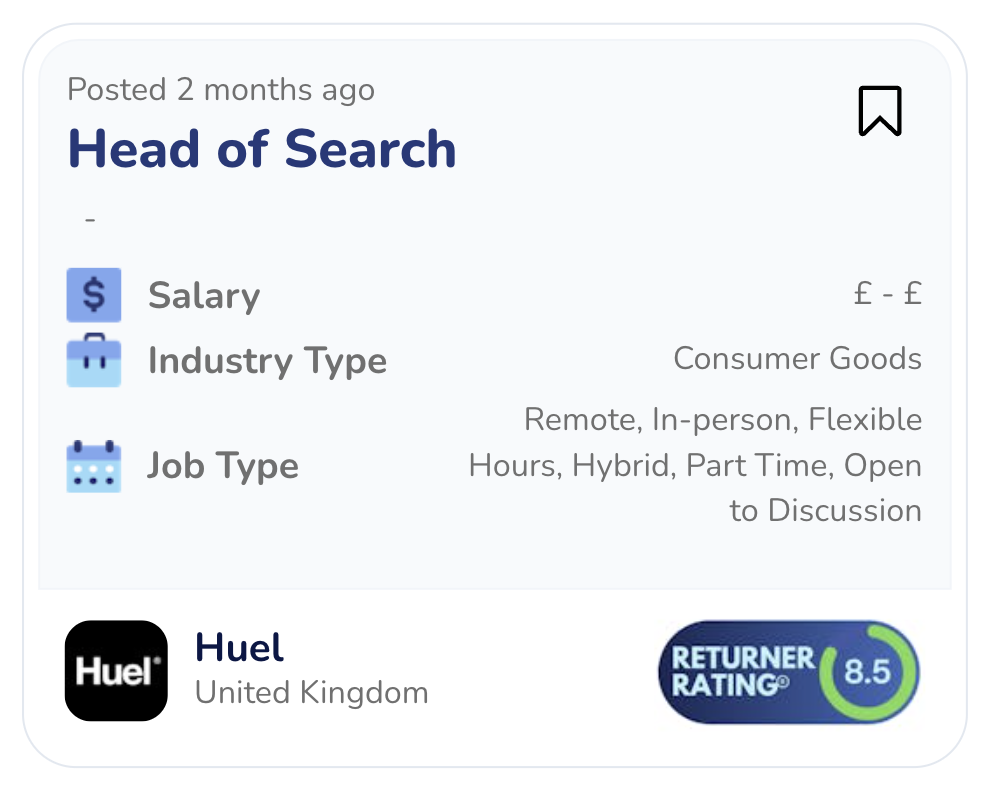Navigating maternity leave and pay can be complex for both employees and employers in the UK. Understanding the distinctions between Statutory Maternity Pay (SMP) and Occupational Maternity Pay (OMP) is crucial for ensuring compliance and providing adequate support during this significant period.
Jump to:
- What is Occupational Maternity Pay?
- Statutory Maternity Pay overview
- Differences between OMP and SMP
- Eligibility for Occupational Maternity Pay
- Employer obligations regarding OMP
- Understanding the Alabaster Ruling
- Occupational Maternity Pay in the NHS
- How to claim Occupational Maternity Pay
- Key facts about Occupational Maternity Pay
- Frequently asked questions (FAQs)
- Conclusion
What is Occupational Maternity Pay?
Occupational Maternity Pay (OMP) refers to enhanced maternity benefits provided by employers beyond the statutory requirements. While SMP is mandated by law, offering a baseline level of financial support, OMP is discretionary and varies across organisations. Employers may offer OMP to attract and retain talent, demonstrating a commitment to supporting employees during maternity leave.
Statutory Maternity Pay (SMP) Overview
Before delving into OMP, it’s essential to understand the foundation provided by SMP:
- Duration: Paid for up to 39 weeks.
- Payment structure:
- First 6 weeks: 90% of your average weekly earnings (before tax).
- Next 33 weeks: £184.03 per week or 90% of your average weekly earnings (whichever is lower).
SMP is processed through the employer’s payroll, with standard deductions for tax and National Insurance.
For detailed information, refer to the official GOV.UK Maternity Pay and Leave page:
The primary distinctions between OMP and SMP include:
Differences between OMP and SMP
Legality:
- SMP is a legal requirement; OMP is offered at the employer’s discretion.
Payment amount:
- OMP often provides higher pay than SMP, potentially offering full or partial salary for a specified period.
Duration:
- OMP schemes may extend the duration of enhanced pay beyond the 39 weeks covered by SMP.
Eligibility for Occupational Maternity Pay
Eligibility criteria for OMP vary by employer. Common factors include:
Length of service:
Employers may require a minimum tenure before qualifying for OMP.
Notification period:
Adhering to company-specific timelines for informing about pregnancy and intended leave.
Return to work agreement:
Some employers stipulate a return-to-work period post-maternity leave; failing this may require repayment of OMP.
Employees should consult their employment contracts or HR departments to understand specific OMP provisions.
Employer obligations regarding OMP
While offering OMP is voluntary, employers who provide it should:
Understanding the Alabaster Ruling
The Alabaster Ruling impacts how pay increases affect SMP calculations. If an employee receives a pay rise between the start of the calculation period and the end of maternity leave, employers must recalculate SMP to reflect this increase. This ensures that maternity pay aligns with current earnings. For more details, see the CIPP’s guidance on the Alabaster ruling.
Occupational Maternity Pay in the NHS
The NHS offers a standardised OMP scheme for its employees:
- Full pay: 8 weeks at full pay.
- Half pay: 18 weeks at half pay plus SMP.
- SMP only: 13 weeks receiving SMP.
Eligibility typically requires a minimum of 12 months’ continuous NHS service before the 11th week prior to the expected week of childbirth.
For precise calculations, NHS employees can use the NHS Maternity Leave calculator:
How to claim Occupational Maternity Pay
To claim OMP:
Review your employer’s policy:
Understand specific requirements and timelines.
Notify your employer:
Provide written notice of your pregnancy and intended leave dates, adhering to company-specific deadlines.
Submit required documentation:
This may include medical certificates or maternity leave application forms.
Key facts about Occupational Maternity Pay
Variability:
- OMP schemes differ across employers; always refer to your specific policy.
Integration with SMP:
- OMP payments usually incorporate SMP; they are not additional.
Taxation:
- Both SMP and OMP are subject to tax and National Insurance deductions.
Frequently asked questions (FAQs)
Understanding the nuances of Occupational Maternity Pay empowers employees to make informed decisions and assists employers in structuring supportive and compliant maternity policies. Always refer to official resources or consult HR professionals for guidance tailored to your specific circumstances.
Worried about returning after maternity leave? Find out how to request a phased return:
Access phased return request templates below
Phased return request templatesJoin the ivee community!
Join our Facebook group. Whether you’re looking to reconnect with like-minded returners, seek advice on returning to work after maternity leave, or share your experiences, our Facebook community is here to help you navigate your journey back into the workforce.
You’ll find:
👉 Latest regulatory changes regarding maternity leave
👉 CV templates for women returning to work
👉 Latest industry updates
👉 Resources and guides to help you on your job hunt
👉 Confidence-building events, webinars and advice on all aspects of returning to work
Our Facebook community
Conclusion

Occupational Maternity Pay (OMP) provides valuable financial support beyond Statutory Maternity Pay (SMP), helping working mothers manage their maternity leave with greater security. While OMP varies by employer, understanding your rights, eligibility, and potential repayment obligations is crucial. Employees should review their contracts and consult HR for clarity, while employers must ensure their policies are transparent and compliant with UK employment laws. By staying informed, both employees and businesses can better navigate maternity leave, creating a supportive and fair workplace for all.
Looking for flexible work?
All the jobs on our site are hand-vetted for their flexibility and parent-friendly policies
Find your new flexibilityFeatured Blog Posts









